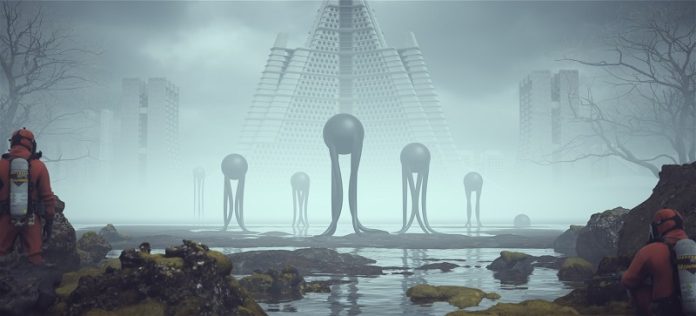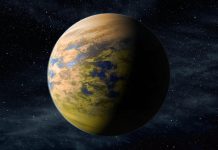
Are we alone in the universe? It’s a question that has fascinated people for centuries.
But the answer might not be as simple as finding a fossil or a familiar-looking microbe on another planet.
According to Mikhail Tikhonov, a physicist at Washington University in St. Louis, alien life—if it exists—could look nothing like life on Earth.
Tikhonov and his colleague Akshit Goyal, from the International Centre for Theoretical Science in India, have proposed a new idea to help scientists search for life on other planets.
Instead of looking for specific signs, like certain molecules or shapes we associate with life, they suggest we look for energy patterns.
So, what makes something “alive”? While scientists don’t fully agree on one definition, there are two things they all accept: Living things use energy, and they reproduce.
And, Tikhonov says, wherever life exists, it’s probably not alone. Like life on Earth, alien organisms would likely be part of a community competing for limited resources.
In the past, scientists have looked for things like organic compounds to detect life. But those compounds—like the ones that make up DNA or proteins—can also be created without life. So just finding them doesn’t prove anything. Plus, life on another planet might be made of totally different substances, which we wouldn’t recognize.
Instead, Tikhonov and Goyal’s idea is to study the energy stored in molecules found on other planets. Here on Earth, living things use high-energy molecules—like sugar—first because they provide the most benefit.
As organisms break them down, they leave behind lower-energy substances, such as carbon dioxide. This creates a clear pattern: a layering of chemical compounds based on how much energy they hold.
This type of “energy layering” isn’t likely to happen just by chance or through non-living processes.
Only life has a reason to sort molecules in this way. So, if scientists were to study a rock from Mars or another world and see this energy pattern, it could be a strong clue that life was once there.
As for what alien life might look like, the possibilities are endless. Some scientists think life elsewhere might look like bacteria or even resemble Earth creatures. But Tikhonov says we should also be open to stranger ideas—like massive, floating life forms in alien atmospheres.
By focusing on how life uses energy, rather than what it looks like, this new approach could help scientists find signs of life—even if it’s completely unfamiliar.



